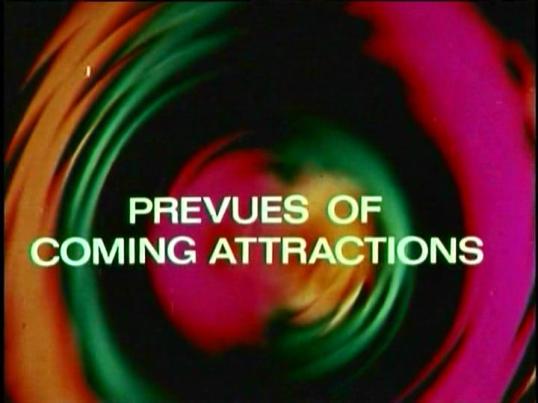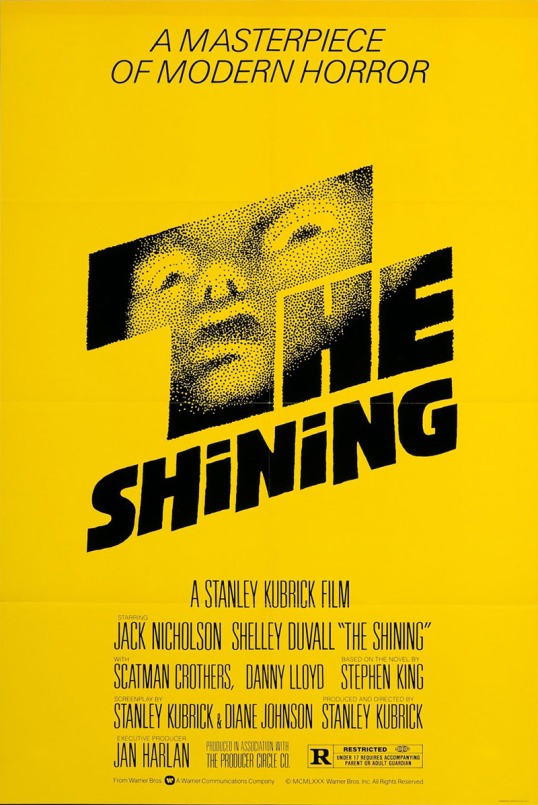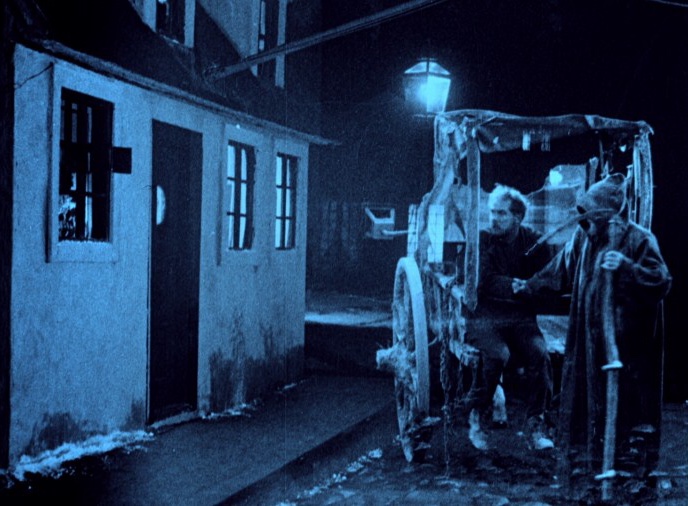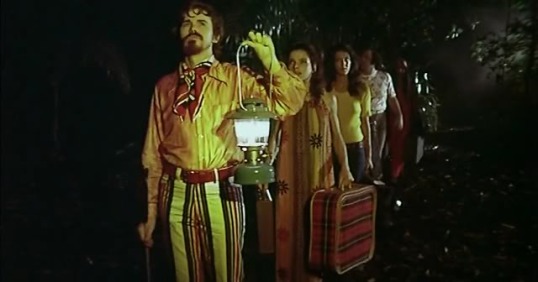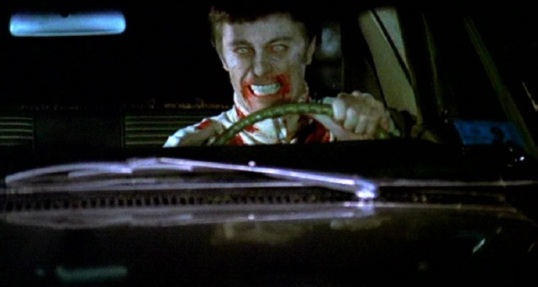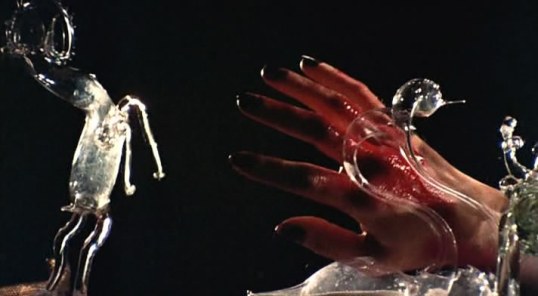Oh my God, a super cute boy has moved in next door! Squee!
Seriously, Scott, the title character of this 1996 YA thriller from R.L. Stine, seems like he could be the perfect neighbor. He’s handsome. We’re told that he’s charming, though you don’t really see much of that in the book. He’s a star football player and, obviously, that’s a very important thing in the world of R.L. Stine. And, perhaps most importantly, Scott’s single! Of course, Scott’s single because he previous kind of girlfriend jumped into a pool that happened to be empty at the time. Scott was the one who encouraged her to do it.
Scott, you see, has some issues. He expects every girl that he meets to live up to an impossible ideal that he’s apparently created from watching old sitcoms from the 1950s. What the means is no makeup, no flirting, and definitely no short skirts! Scott really gets worked up over short skirts, to the extent that he’ll kill anyone who wears one. AGCK!
(If I had been a student at Scott’s high school, I would have been so dead.)
Scott’s new neighbor Crystal and her best friend, Lynne, both think Scott is totally hot and want to date him. Unfortunately, they both wear short skirts and Scott even catches Lynne putting on lipstick. Even if he wasn’t a puritanical incel murderer, Scott would still be creepy because he always seems to be staring through the windows of Crystal’s house. You would think that would be a red flag but …. well, Scott’s a football player and this is an R.L. Stine novel.
Fortunately, Crystal has a sister named Melinda who likes to read books and who doesn’t wear makeup so it seems pretty clear that she’s going to be the secret weapon to stopping Scott. But will it be too late for either Lynne or Crystal?
Scott is revealed to be a killer during the first few pages of this book so I have to admit that, the whole time I was reading it, I was waiting for one of those out-of-nowhere R.L. Stine twists. I was expecting Scott to discover that he was actually suffering from amnesia and that his real name was Jake. I was waiting for someone to reveal themselves to be a ghost. I was thinking, at one point, that it was all a dream. But nope, there’s no twist. This is one of the most straight-forward Stine books that I’ve ever read.
At times, the book felt like one of those weird Lifetime movies where everyone keeps talking about “girl power” and how no one has the right to judge you for behaving and dressing the way you want but, at the same time, you can’t help but notice that it’s always the really independent and fun-loving girls that end up getting killed. The Boy Next Door seems to be all over the place. On the one hand, Scott is a crazy puritan. On the other hand, almost every girl in the book is portrayed as being shallow and easily fooled. I was happy that Scott was presented as being a total monster but couldn’t the girls have been a little less naïve? Couldn’t they have at least acknowledged that Scott’s behavior was pretty creepy even before he turned out to be a killer? It doesn’t help that the plotting throughout the book feels rather random. There’s a lot of convenient coincidences, including one that happens during the climax. Chekhov wrote that, if you introduce a gun at the start of the story, it must be fired by the end of the story. One gets the feeling that Stine would be the type to forget to introduce the gun but still have someone fire it. One also gets the feeling that Stine may have been in a hurry when he wrote The Boy Next Door.
(Don’t worry, though. you’re still loved, R.L! Thank you for Fear Street!)
Anyway, the lesson here is that if the boy next door flies into a rage every time you put on lipstick, you don’t need him in your life! Even if he does play football….



